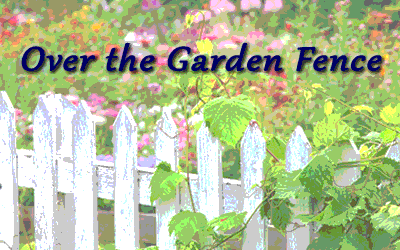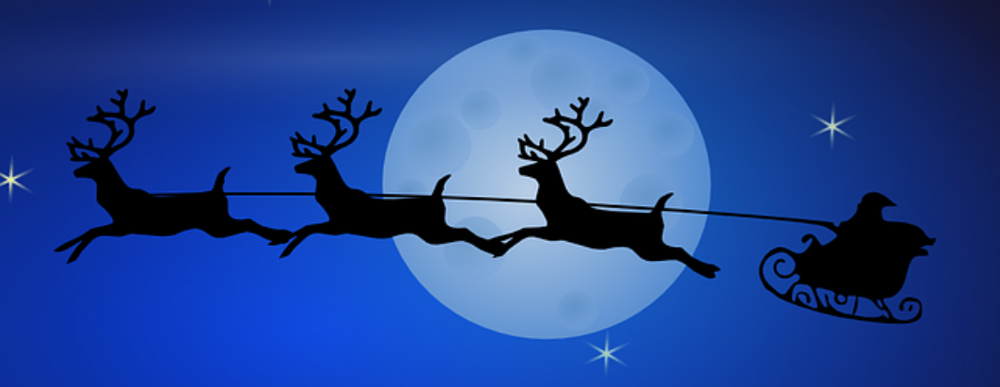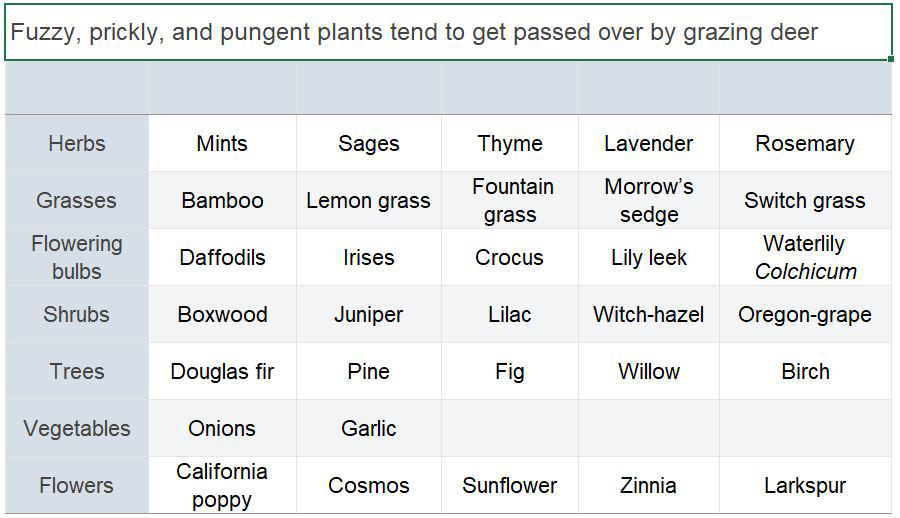 December 5, 2018 - Have you ever wondered why Santa chose reindeer to pull his sleigh? In Alaska’s Iditarod Trail Sled Dog Race mushers use dogs to pull their sleds over 900 miles. Santa could have harnessed his sled’s reins to penguins or polar bears, yet he chose deer. Why? Could it have been their excellent night vision, or was it because they became air borne in a single leap? Did their ability to move in stealth silence, or negotiate steep uneven terrain (think pitched roofs), affect Santa’s decision? Maybe he chose reindeer because they could distinguish subtle sound differences like the soft patter of a child’s feet shod in onesie pajamas from a mouse scuttling along the base board.
December 5, 2018 - Have you ever wondered why Santa chose reindeer to pull his sleigh? In Alaska’s Iditarod Trail Sled Dog Race mushers use dogs to pull their sleds over 900 miles. Santa could have harnessed his sled’s reins to penguins or polar bears, yet he chose deer. Why? Could it have been their excellent night vision, or was it because they became air borne in a single leap? Did their ability to move in stealth silence, or negotiate steep uneven terrain (think pitched roofs), affect Santa’s decision? Maybe he chose reindeer because they could distinguish subtle sound differences like the soft patter of a child’s feet shod in onesie pajamas from a mouse scuttling along the base board.
Deer do have the capacity to see peripherally and straight ahead at once, they can also adjust their ears to hear what is behind them and what is in front at the same time. They are sensitive social animals that can learn to recognize their own names and individually respond from within a herd. When you think about it, Santa made the perfect choice when he selected deer to pull his sled. But many qualities that make reindeer ideal for pulling a sled makes their relatives, the mule deer, adept at pulling a garden apart. The mule deer of the California Sierra’s are smaller than Santa’s reindeer but larger than white or black tail deer. Mule deer eat grasses, shrubs and trees that the other two breeds may pass over. Nearly eight hundred plants have been included on the menu of deer in the United States. Gardeners, who have observed deer for years, will tell you, “When deer are really hungry, every plant is fair game.”
But many qualities that make reindeer ideal for pulling a sled makes their relatives, the mule deer, adept at pulling a garden apart. The mule deer of the California Sierra’s are smaller than Santa’s reindeer but larger than white or black tail deer. Mule deer eat grasses, shrubs and trees that the other two breeds may pass over. Nearly eight hundred plants have been included on the menu of deer in the United States. Gardeners, who have observed deer for years, will tell you, “When deer are really hungry, every plant is fair game.”
The most effective way to keep deer from your plants is to set up material barriers; fences for large areas and staked wire for individual plants. Since mule deer are able to jump up to eight-foot fences (there are records of deer jumping nine feet), a straight wire fence should be eight feet tall. If you put in a wood fence, deer can not see over or through it, so it can be below eight feet; deer dare not jump into an unseen area. Rather than one eight-foot wire fence, you could place two wire or spaced board fences four to five feet apart. Deer can jump high and glide air born for yards, but they cannot do both at the same time. Other variations include a five-foot fence slanted at a forty-five-degree angle or placing horizontal extensions out two and a half feet from a five-foot wire fence. Hog wire staked solid with wood or steel posts covered with chicken wire several feet up from the ground will protect shrubs and trees from deer snipping.
If fencing is too expensive or impractical, focus on plantings that are not on the mule deer favorite’s list. Fuzzy, prickly, and pungent plants usually get passed over by grazing deer. The chart shows a few of the plant’s deer tend to leave alone. For more information on gardening with deer and enjoying both, check out these titles:
For more information on gardening with deer and enjoying both, check out these titles:
Deerproofing Your Yard & Garden, by Rhonda Massinngham Hart, Story Publishing, 2005
50 Beautiful Deer-Resistant Plants, by Ruth Rogers Clausen, Timber Press, 2012
Article by Brian David (U.C. Master Gardener, Mariposa)
The U.C. Master Gardener Helpline is staffed; Thursdays from 2:00 p.m. - 5:00 p.m.
Please contact the helpline, or leave a message by phone at: (209) 966-7078
By email (send photos and questions for researched answers) to: mgmariposa@ucdavis.edu
Visit our UCMG website: http://cemariposa.ucanr.edu/Master_Gardener
Follow us on Facebook at: https://www.facebook.com/mariposamastergardeners
Master Gardener Office Location:
UC Cooperative Extension Office,
5009 Fairgrounds Road
Mariposa, CA 95338
Phone: (209) 966-2417
Email: mgmariposa@ucdavis.edu
Website: http://cemariposa.ucanr.edu/Master_Gardener








